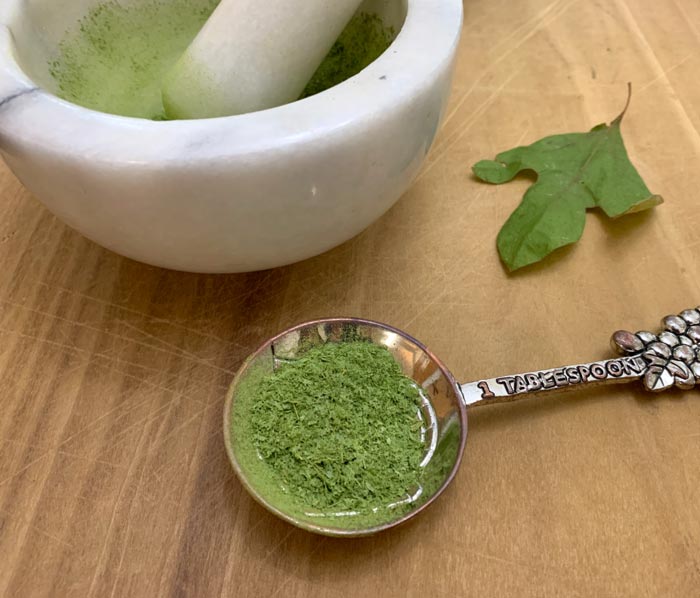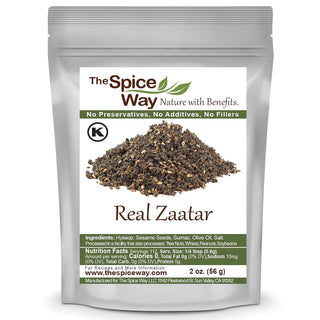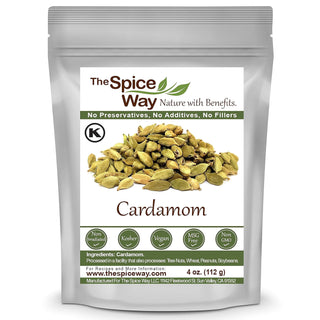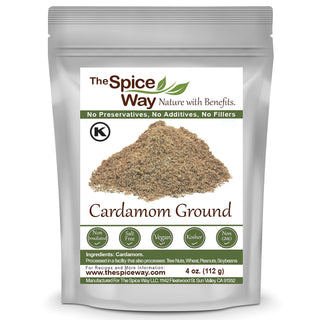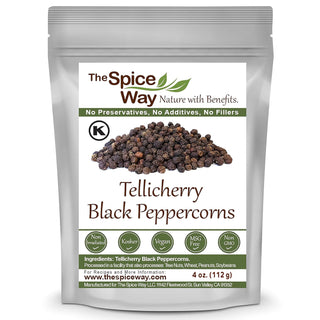If you’ve ever dabbled in Southern cooking, especially dishes from Louisiana like gumbo, chances are you’ve encountered an ingredient called file powder (pronounced fee-lay). Often listed at the end of gumbo recipes, file powder may seem mysterious to those unfamiliar with Cajun and Creole culinary traditions. In this blog, we’ll explore file powder, where it comes from, how to use it properly, and why it’s essential to certain iconic dishes.
What is File Powder?
File powder is a spice made from the dried and ground leaves of the sassafras tree (Sassafras albidum), a tree native to North America. The tree’s roots were once used to flavor root beer before discovering that a compound in the root bark, safrole, was potentially carcinogenic. However, the leaves, used to make file powder, are safe and widely used in cooking.
File powder is primarily used in Creole and Cajun cuisine as a thickening agent and a flavor enhancer. It has a distinctive, earthy flavor with slightly root beer–like, herbal notes and a subtle bitterness that complements rich, hearty dishes.
The History and Cultural Significance
File powder has deep cultural roots in Louisiana cooking, particularly in gumbo, one of the state’s most famous dishes. Native Americans used sassafras before european colonization, and the Choctaw tribe first used ground sassafras leaves in cooking. The French and Spanish colonists adopted this ingredient into their culinary traditions, which later evolved into Creole and Cajun cuisine.
What Dishes Use File Powder?
The most well-known dish that uses file powder is gumbo, especially gumbo file, a version of gumbo that uses file powder as a thickener or a seasoning. While gumbo can also be thickened with a roux or okra, file offers a third, flavorful alternative.
Other dishes may include file powder for its unique flavor, but gumbo remains the most traditional and widespread use.
How Do You Use File Powder?
File powder must be used properly to get the most out of its flavor and thickening properties. Here's how to do it right:
1. As a Thickener
-
File powder works as a thickening agent after cooking, similar to how cornstarch or arrowroot might be used.
-
Do not boil file powder. Boiling can make it stringy or give it an undesirable texture.
-
To use file powder as a thickener, remove your gumbo or stew from the heat and stir well in 1/2 to 1 teaspoon per serving. Let it sit for a few minutes to thicken.
2. As a Flavor enhancer
-
even if you’re using a roux or okra to thicken your gumbo, many chefs still add file powder at the end or offer it at the table as a seasoning.
-
You can sprinkle it over your bowl like black pepper to enhance the earthy, herbal taste.
Substitutes for File Powder
If you can’t find File powder, here are a few substitutes, though none are a perfect match:
-
Okra: Also traditional in gumbo, okra releases mucilage when cooked, thickening the dish.
-
Roux: A mixture of flour and fat cooked together, used as a base in many gumbos.
-
Cornstarch or arrowroot: These can mimic the thickening ability but not the flavor.
Storage Tips
File powder should be stored in an airtight container in a cool, dark place, like your pantry or spice drawer. It can lose potency over time, so for the best flavor, try to use it within a year.
Culinary Tips for Using File Powder
Mastering file powder helps to understand its texture and flavor behavior in different culinary scenarios. Here are some pro tips:
1. Always add the File Powder at the end
File powder should never be boiled, as high heat can make it stringy or gummy. Once your gumbo or stew is done cooking and off the heat, stir it in. The residual heat is enough to activate its thickening properties.
2. Stir gently and evenly
When adding File powder, sprinkle it slowly and stir gently to avoid clumping. A whisk can help distribute it evenly, especially in thicker dishes.
3. Balance It with Other Ingredients
Because of its earthy, almost tea-like flavor, File powder works best in dishes that are well-balanced with savory elements like smoked sausage, chicken, or seafood. Acidic ingredients like tomatoes or a splash of vinegar can help brighten the flavor profile when file is present.
4. Avoid Overuse
Overdoing it with file powder can make a dish bitter or overly pungent. Start small and taste as you go, primarily serving a large batch.
Nutritional Information
While file powder is typically used in small quantities, it's worth noting that it contains dietary fiber and antioxidants from the sassafras leaves. Because it's used in such modest amounts, it doesn't contribute significantly to calorie counts or macronutrient totals, but it does bring beneficial plant compounds to your dish.
Cultural Variations in Use
In Louisiana, the use of file powder can vary between Cajun and Creole cooking styles:
-
Cajun Gumbo: Often uses a dark roux for thickening and adds file for flavor enhancement at the table.
-
Creole Gumbo: May use tomatoes and may be more likely to incorporate file powder directly into the dish toward the end of cooking.
In both cases, File powder connects modern gumbo to its Native American origins, blending French, Spanish, and African influences into one of the most unique culinary traditions in the United States.
How to Make Your Own File Powder (DIY)
If you can access a sassafras tree, particularly in the southeastern United States, you can make file powder home. Here's a simplified process:
-
Harvest young sassafras leaves (avoid roots and bark).
-
Rinse and dry the leaves thoroughly.
-
Air dry for several days or use a food dehydrator until crisp.
-
Grind the dried leaves using a spice grinder or mortar and pestle.
-
Sift to remove larger pieces and store in an airtight container.
Final Thoughts
File powder is more than just a thickener—it's a hallmark of culinary tradition, a nod to Native American ingenuity, and an essential ingredient in one of America’s most beloved regional dishes. Whether preparing a seafood gumbo or a chicken-and-sausage stew or experimenting with your Creole creation, file powder offers flavor, texture, and authenticity in every spoonful.
The Spice Way is a trusted go-to when sourcing the freshest, most flavorful spices, including file powder. Their commitment to quality, small-batch production, and natural processing means you're getting spices that are not only authentic but also incredibly potent in aroma and taste. Whether cooking a traditional gumbo or experimenting with global flavors, The Spice Way offers premium ingredients that elevate every dish. To get your hands on their top-tier spices, including their exceptional file powder, simply visit their official website—you won't want to cook without them.
Understanding how and when to use it will elevate your cooking and give you a deeper appreciation for the rich cultural tapestry behind Louisiana cuisine.
FAQS
1. What is file powder made from?
File powder is made from the dried and ground leaves of the sassafras tree. It’s commonly used in Southern U.S. cooking, especially in dishes like gumbo.
2. What does file powder taste like?
It has an earthy, slightly bitter flavor with herbal and root beer–like undertones. It adds depth and complexity to stews and soups.
3. Can I cook file powder directly into my gumbo?
It’s best added after cooking, once the heat is off. Boiling file powder can make it stringy and affect the texture of your dish.
4. Is file powder safe to eat?
Yes, file powder is safe to consume when made from sassafras leaves. It does not contain the potentially harmful compound found in sassafras root.
5. Where can I buy authentic file powder?
You can find file powder in specialty spice stores, some grocery stores, or online. For high-quality options, brands like The Spice Way offer excellent products on their website.
